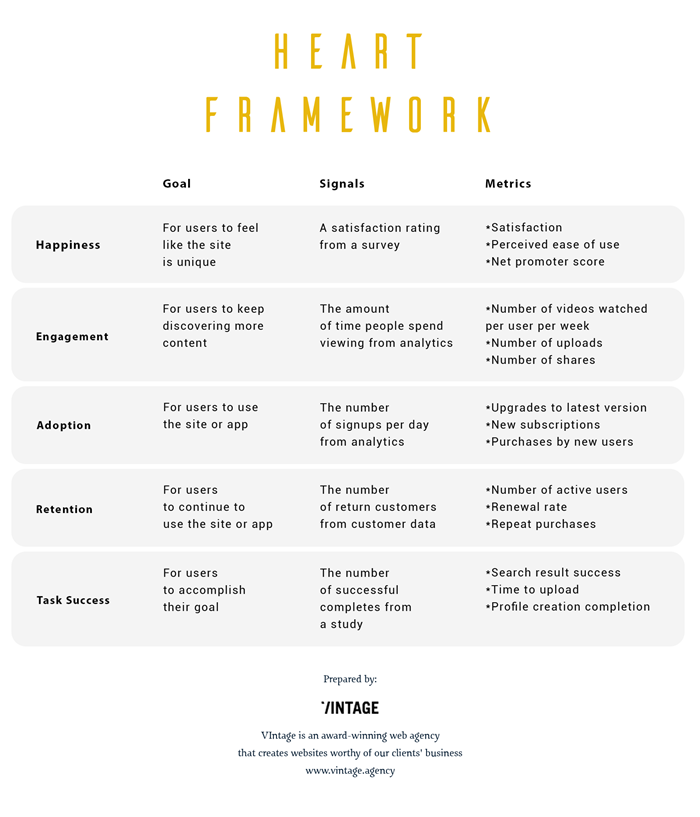Whether you like it or not, most people will judge about your business by the way it is represented online. Some of your partners and clients may know you personally, and that’s great. But imagine how many people all across the world hit the Search button every day to find a suitable offer that would fulfill their needs. And how many of them turn away from a webpage when they don’t like what they see?
In this publication, we will try to figure out how to define the good business website for your company, and what to do with that knowledge, in order to reach out to your clients and partners.
Our guest expert, Andy Budd, a renowned UX specialist, blogger and founder of Clearleft studio (Brighton, UK) will share his nuggets of wisdom on the topic.

The brush and the yardstick
You’d think there would be some universal criteria of good web design by now. However, much like asking whether there is a universal criterion for a good meal, this opens up a philosophical can of worms around what "good" actually means. There are some basic website assessment tools, called "usability heuristics", which can help evaluate how convenient a digital product or service is to use. But that's a little like asking whether a meal is edible; you'd expect that to be a given. Oftentimes, in the digital world, it's not, but it should be.
So another way of gauging whether something is good would be to ask people to rate the service, which is where survey techniques like Net Promoter Score (NPS) come in. However, we know that people are very bad at self-reports, so NPS attempts to cut through personal bias by asking users how likely it is they would recommend the service to a friend. This becomes less about "what I like" and more about “what I think others would find useful".
In truth, "good" is a very subjective term, so what's good for one customer or business may be completely different for another. Amazon may think a good experience for their users is finding a cheap product quickly and getting it delivered to their door the next day, while a fashion brand like Burberry may want customers coming away feeling like they had a premium experience similar to going in-store. As a result, you have to understand your website goals and objectives, and then track the right metrics to ensure those goals are being met.
This is more difficult than you may expect, as website evaluation criteria can often tell you want to hear. As such, you need to try and avoid "vanity metrics" like user numbers and focus on what really matters to your business. After all, what’s the point of having high user numbers if none of them convert into long-term customers?
So rather than trying to set universal criteria, tech companies have developed frameworks to help different teams define what "good" looks like. Google's framework called HEART - which stands for Happiness, Engagement, Adoption, Retention, and Task success - is growing in popularity at the moment.

So if you are looking to better define what good looks like for your business, your website needs assessment. Task up your web producer with complex evaluation of the site’s conversion for you, and see how well your site represents who you are on the market.
Selling pixels
Many companies – and their web producers – still think of a website as just a marketing tool to drive people to their products. While this may have been true in the early days of the web, that kind of thinking is fast going out of date. Today, websites have become products in their own right, and are quickly turning into the most important assets of businesses that own them.
it's been a long time since sites like iPlayer, The Guardian or Tesco were there solely to promote the TV channel, printed newspaper or physical store. Instead, they are the destination and need to be treated as such.
In this light, the impact of website design is the difference between a successful product and an unsuccessful one. After all, why would a user struggle to use a slow, badly designed or confusing product when a better alternative is just a click away? The digital world is severe to put badly designed websites out of business.
A clever investment
It should be clear by now that saving on website design is not a good idea. People mediate a huge portion of their lives through digital technology, and as users ourselves, we understand how frustrating a badly considered experience can be. Companies that understand this new reality and are able to transform their businesses will reap huge rewards. Those companies who are slow to respond may wake up one morning to find that their businesses have been disrupted. This is especially true in more traditional sectors where website improvement cycles are measured in years rather than weeks or months. By the time the company responds, it may already be too late.
With most sectors going through some kind of digital transformation, demand for high-quality design far outstrips supply. As such, the best digital consultancies don't need to convince their clients to invest in design as they are already doing it. The challenge they face is one of capacity. Weirdly, in the years to come, there is likely to be more competition amongst clients to land the best agency, than among agencies to land the best client.
So, investing in your site is smart, and a good web studio can do it for you. The question is only whether or not you are willing to approach your business from an online point of view. And if you are – you’d be surprised how hugely it would change.

View Comments